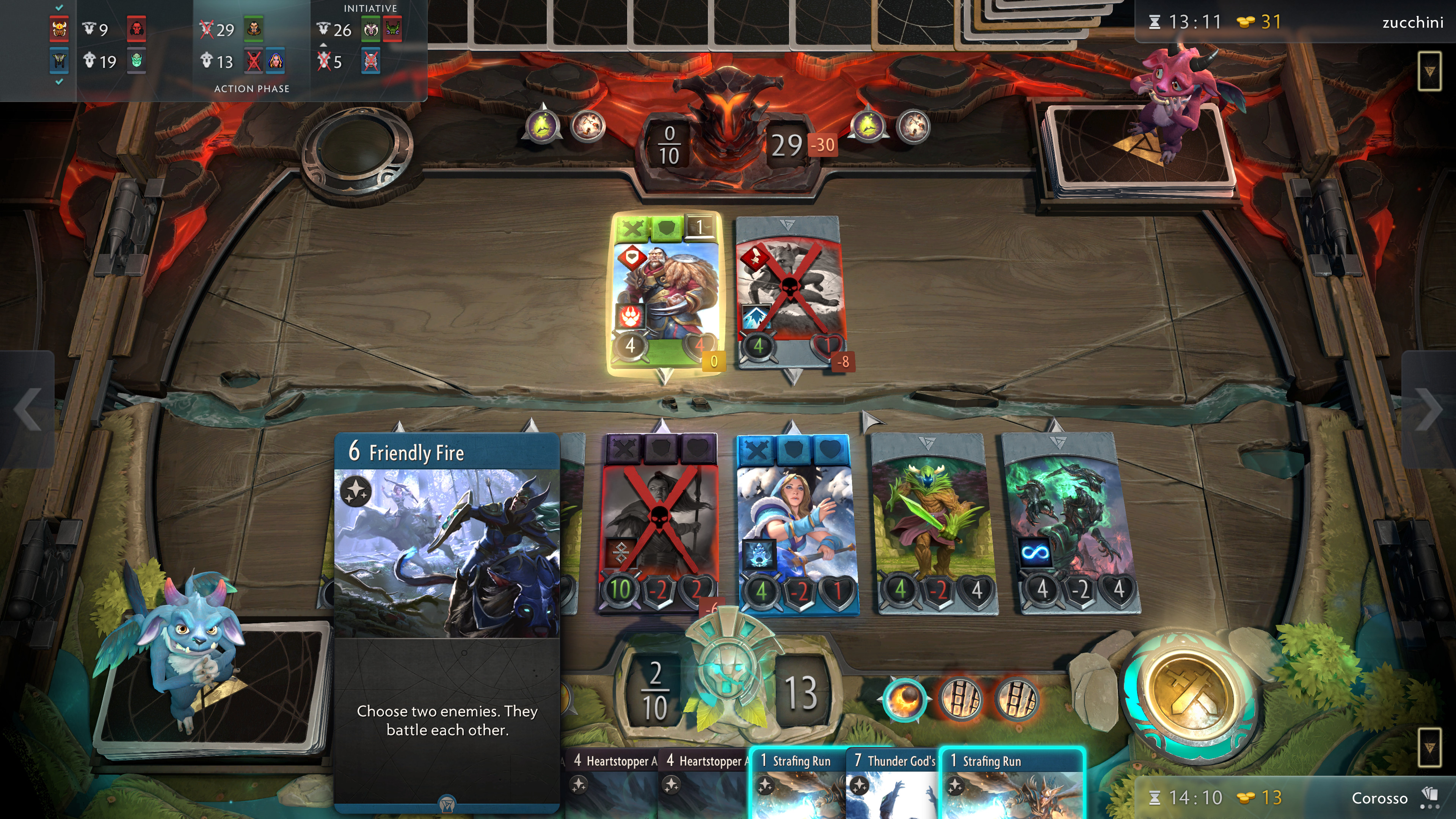Why Artifact failed to take off, according to designer Richard Garfield
'Pay-to-win' wasn't the main problem.

Artifact and Magic: The Gathering designer Richard Garfield believes the term "pay-to-win" is a "sloppy" way to describe games, particularly Artifact. Garfield and 3 Donkeys design partner Skaff Elias shared some thoughts about Artifact's design intent and its poor reception in a recent interview with Win.gg.
"To me, there are two important parts of pay-to-win," Garfield said, explaining that one key element is whether buying additional components of a game can actually make you a better competitor. "This is not true for Hearthstone, Magic, or for that matter, golf."
Still, Elias concedes that even if their game isn't technically pay-to-win, that doesn't mean players can't find elements of the revenue system "disagreeable," and working out what that is and how to fix it is the developer's responsibility.
The other consideration when thinking about whether a game is pay-to-win, Garfield said, is the raw cost. In the case of Artifact, top-level decks cost less than their equivalents in either Hearthstone or Magic: The Gathering.
That's certainly true now, as the total cost for a complete collection of Artifact cards is floating around $44, and that's thanks to Steam's card marketplace becoming something of a wasteland as players have largely abandoned the game (its peak players in the last 30 days numbers at 234, down from December's 46,000+).
"Of course the response was disappointing," Elias said. "You can test the gameplay, but you can't really test how the revenue model will be taken, how the social structures will form, how media will pick it up, what the fan narrative may be, what your competition is doing, etc."
Garfield said Artifact was hurt by rating-bombing, and that may have been sparked by a lack of short-term goals for players when they first started playing—things like missions or achievements beyond the initial tutorial.
The biggest gaming news, reviews and hardware deals
Keep up to date with the most important stories and the best deals, as picked by the PC Gamer team.
Garfield and Elias have both moved on to new projects after their contracts with Valve ended earlier this year. They're not in touch with the current Artifact team, and can only guess at what the future holds for the game.
Still, Garfield believes the design principles behind Artifact, and even its controversial revenue model, are both fair and solid enough to support a thriving playerbase. But the game needs players to be viable.
"I believe it's a high quality game that offers something very different than what's already out there," he said. "I think the team has an excellent story, if they can figure out how to share it with the right audience."

